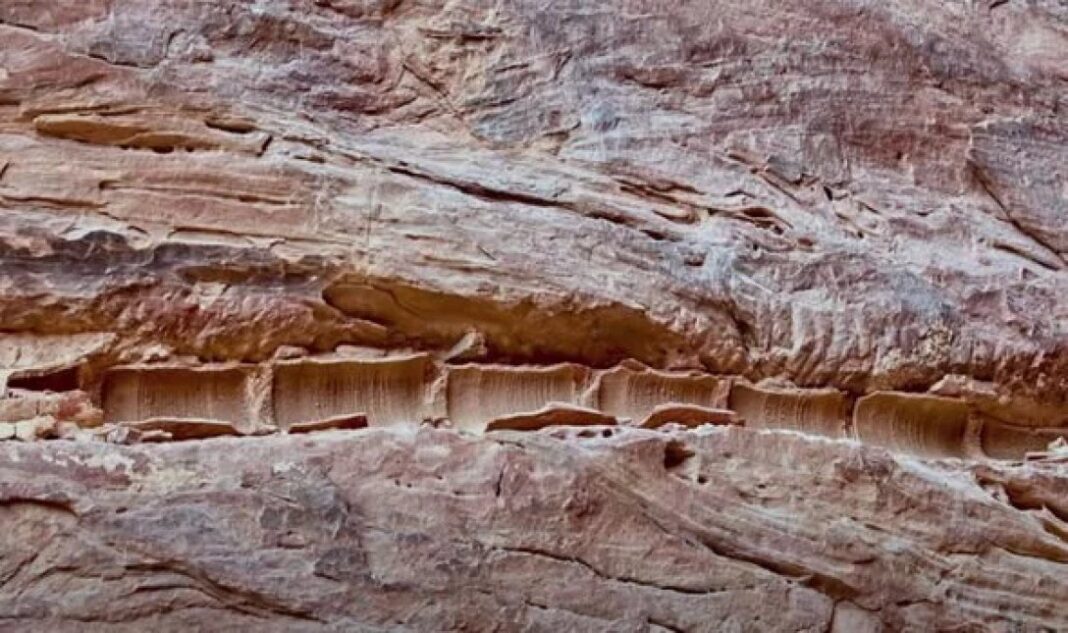As scientists note, the main reason why Petra flourished was the ability of the semi-nomadic Semitic people of the Nabataeans to manage a scarce water resource. Petra is a famous archaeological site located in the desert in the southwestern part of the Jordan and surrounded by rocky desert canyons and mountains.
Once a bustling center of politics, culture and economy, it was one of, if not the region’s most important ancient waypoints where merchants stopped during their travels.
The area has been inhabited since at least 7000 BC, and the remains of a bygone era are scattered across its dusty plains. And when the Nabataeans, a semi-nomadic Semitic people, moved to Petra in the 4th century, the city reached its full flowering. But what strikes researchers the most is the city’s plumbing and drainage system.
“”Petra thrived on the Nabataeans’ ability to manage the storage and irrigation system. It was an incredible marvel of engineering, a complex network of cisterns, dams and canals using water from desert springs and 10 cm of annual rainfall to maintain a year-round water supply,” the scientists said.
Petra is located in a climatically unfavorable place. Carved into a narrow canyon called El Siq, the desert landscape shrouds buildings and temperatures often reach 42°C or more with no water source nearby. But Petra is believed to have had a population of 30,000 in its heyday, despite the fact that local water resources were only sufficient for 2,000 to 3,000 people.
As geologist Thomas Paradise of the University of Arkansas noted, in the 21st century it would be quite difficult for us to create a city that would be so sustainable.
“The fact that they were able to change the landscape to suit their needs is a testament to the resilience of the Nabataeans and their ingenuity,” the scientists added.
The system created by the Nabataeans begins at the top of the hills, where dozens of reservoirs dotted around the urban landscape capture and store every drop of winter rain.
At the highest point in the valley, a cistern was placed that could collect water from the entire area of the peak, flowing into Petra through a huge interlacing of channels. In those places where water was supposed to flow, scientists found broken terracotta pipes. They are very similar to the same terracotta pipes that we use all over the planet two thousand years later.
A study of the water supply system showed that it provided Peter with 45 million liters of water per day – enough to meet all the domestic and agricultural needs of the city.









